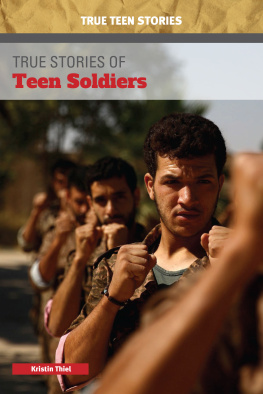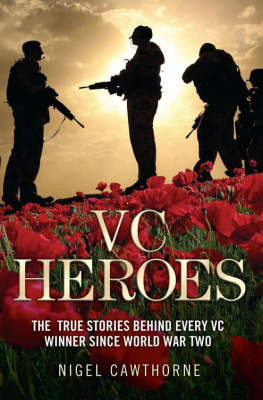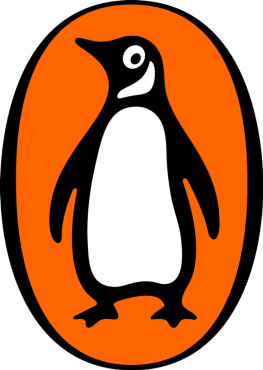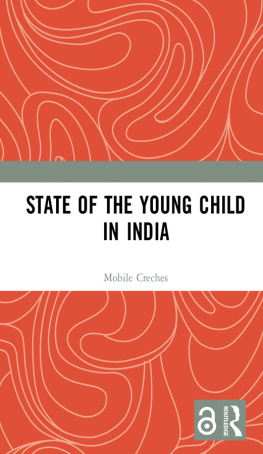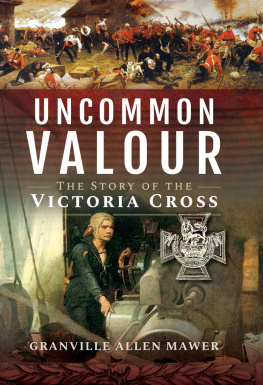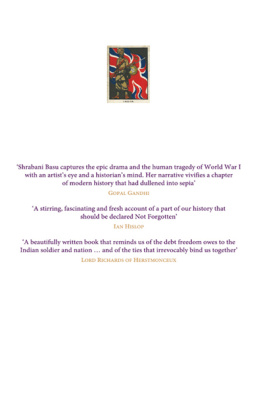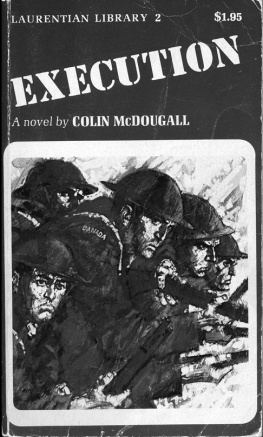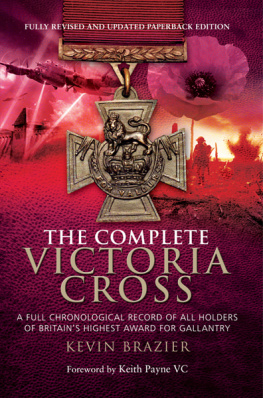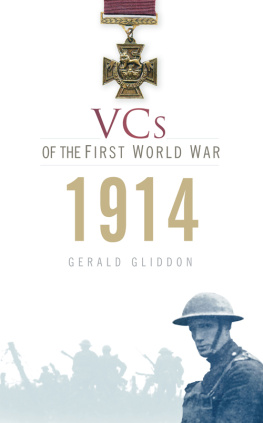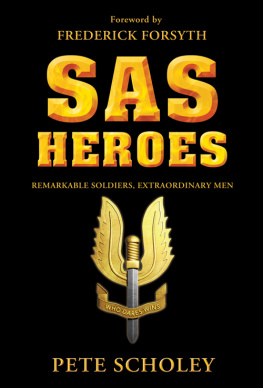ROLL OF HONOUR
1. Driver Job Drain VC, 18, Royal Field Artillery, Le Cateau, France, 26 August 1914
2. Driver Frederick Luke VC, 18, Royal Field Artillery, Le Cateau, France, 26 August 1914
3. Gobar Sing Negi VC, 19, 39th Garhwal Rifles, Neuve Chapelle, France, 10 March 1915*
4. Private Edward Dwyer VC, 19, East Surrey Regiment, Hill 60, Zwarteleen, Belgium, 20 April 1915
5. Midshipman Wilfred Malleson VC, 18, HMS River Clyde, Gallipoli, Turkey, 25 April 1915
6. Second Lieutenant George Moor VC, 18, Hampshire Regiment, Krithia, Gallipoli, Turkey, 5 June 1915*
7. Second Lieutenant Sidney Woodroffe VC, 19, Prince Consorts Own (Rifle Brigade), Hooge, Belgium, 30 July 1915*
8. Private John Hamilton VC, 19, 3rd Battalion, Australian Imperial Force, Lone Pine, Gallipoli, Turkey, 9 August 1915
9. Private George Peachment VC, 18, Kings Royal Rifle Corps, Loos, France, 25 September 1915*
10. Temporary Lieutenant Richard Jones VC, 19, Loyal North Lancashire Regiment, Broadmarsh Crater, Vimy, France, 21 May 1916*
11. First Class Boy John Jack Cornwell VC, 16, HMS Chester, Jutland, Denmark, 31 May 1916*
12. Private William (born John) Jackson VC, 18, 17th Battalion, Australian Imperial Force, Armentires, France, 25 June 1916
13. Private John Cunningham VC, 19, East Yorkshire Regiment, Ancre, Hebuterne Sector, France, 13 November 1916
14. Second Lieutenant Thomas Maufe VC, 19, Royal Garrison Artillery, Feuchy, France, 4 June 1917
15. Second Lieutenant Dennis Hewitt VC, 19, Hampshire Regiment, Ypres, Belgium, 31 July 1917*
16. Private Harry Brown VC, 19, 10th Battalion, Canadian Expeditionary Force, Hill 70, Loos, France, 16 August 1917*
17. Corporal Ernest Egerton VC, 19, Sherwood Foresters, Bulgar Wood, Ypres, Belgium, 20 September 1917
18. Private Thomas Holmes VC, 19, 2nd Battalion, Canadian Expeditionary Force, Passchendaele, Belgium, 26 October 1917
19. Lance Corporal Robert McBeath VC, 19, Seaforth Highlanders, Ribecourt, near Cambrai, France, 20 November 1917
20. Second Lieutenant Alan Babe McLeod VC, 18, No. 2 Squadron, Royal Flying Corps, Arras, France, 27 March 1918
21. Rifleman Karanbahadur Rana VC, 19, 3rd Queen Alexandras Own Gurkha Rifles, El Kefir, Egypt, 10 April 1918
22. Private Jack Thomas Counter VC, 19, Kings Regiment (Liverpool), Boisleux St Marc, France, 16 April 1918
23. Able Seaman Albert McKenzie VC, 19, HMS Vindictive, Zeebrugge, Belgium, 2223 April 1918
24. Sergeant John Meikle VC, 19, Seaforth Highlanders, Marfaux, France, 20 July 1918 *
25. Lance Sergeant Edward Smith VC, 19, Lancashire Fusiliers, Serre, France, 2123 August 1918
26. Private Thomas Ricketts VC, 17, Royal Newfoundland Regiment, Ledegem, Belgium, 14 October 1918
27. Acting Corporal Roland Elcock VC, 19, Royal Scots (Lothian Regiment), Capelle St Catherine, France, 15 October 1918
28. Private Norman Harvey VC, 19, Royal Inniskilling Fusiliers, Ingoyghem, Belgium, 25 October 1918
* Awarded posthumously
INTRODUCTION
T he river of poppies outside the Tower of London was a vivid reminder of those who had sacrificed their lives in the British armed forces during the First World War. Most of those who lost their lives were very young by and large it is young men who go, or are sent, to fight. All of them were very brave, simply to have gone into the hell of combat. Some of them were braver still because they were so young that their lives had barely begun.
Private Sidney Lewis was only twelve years and five months when he enlisted in the East Surrey Regiment in August 1915. At thirteen, he fought for six weeks in the First Battle of the Somme as a machine-gunner, only to be sent home and discharged in August 1916 when his mother sent his birth certificate to the War Office. Undaunted, he returned to service before the end of the war and worked in bomb disposal in World War II.
Thousands of boys, like Lewis, lied about their age to sign up and not just at the beginning of the war when it was still thought to be a big adventure. Brave youngsters were still enlisting when it was plain that the fighting was purely mechanised slaughter and no one could figure out what they were dying for.
Some of these young men won medals for gallantry for deeds so daring that they scarcely seem credible. All the teenage heroes in this book won the highest decoration for valour the Victoria Cross.
Instituted at the end of the Crimean War in 1956, the Victoria Cross was awarded for conspicuous courage in the face of the enemy. During World War I, it was conferred 628 times on 627 recipients. Captain Noel Chavasse won it twice, one of only three people to do so.
He was a doctor in the Royal Army Medical Corps and won his first VC for his actions on 9 August 1916 during the First Battle of the Somme. The citation appeared in The London Gazette on 24 October 1916 and read:
Captain Noel Godfrey Chavasse, M.C., M.B., Royal Army Medical Corps.
For most conspicuous bravery and devotion to duty.
During an attack he tended the wounded in the open all day, under heavy fire, frequently in view of the enemy. During the ensuing night he searched for wounded on the ground in front of the enemys lines for four hours.
Next day he took one stretcher-bearer to the advanced trenches, and under heavy shell fire carried an urgent case for 500 yards into safety, being wounded in the side by a shell splinter during the journey. The same night he took up a party of twenty volunteers, rescued three wounded men from a shell hole twenty-five yards from the enemys trench, buried the bodies of two Officers, and collected many identity discs, although fired on by bombs and machine guns.
Altogether he saved the lives of some twenty badly wounded men, besides the ordinary cases which passed through his hands. His courage and self-sacrifice were beyond praise.
His second VC was won at the Battle of Passchendaele, also known as the Third Battle of Ypres, for his actions between 31 July and 2 August 1917. The citation published in The London Gazette of 14 September 1917 read:
War Office, September, 1917.
His Majesty the KING has been graciously pleased to approve of the award of a Bar to the Victoria Cross to Capt. Noel Godfrey Chavasse, V.C., M.C., late K.A.M.C., attd. Lpool R.
For most conspicuous bravery and devotion to duty when in action.
Though severely wounded early in the action while carrying a wounded soldier to the Dressing Station, Capt. Chavasse refused to leave his post, and for two days not only continued to perform his duties, but in addition went out repeatedly under heavy fire to search for and attend to the wounded who were lying out.
During these searches, although practically without food during this period, worn with fatigue and faint with his wound, he assisted to carry in a number of badly wounded men, over heavy and difficult ground.
By his extraordinary energy and inspiring example he was instrumental in rescuing many wounded who would have otherwise undoubtedly succumbed under the bad weather conditions.
This devoted and gallant officer subsequently died of his wounds.
Captain Chavasse was buried in the war cemetery at the small village of Brandhoek in Belgium. He was just thirty-two. However, the men remembered in this book were much younger. They all won the Victoria Cross before the age of twenty. The youngest was sixteen-year-old First Class Boy John Jack Cornwell of HMS


